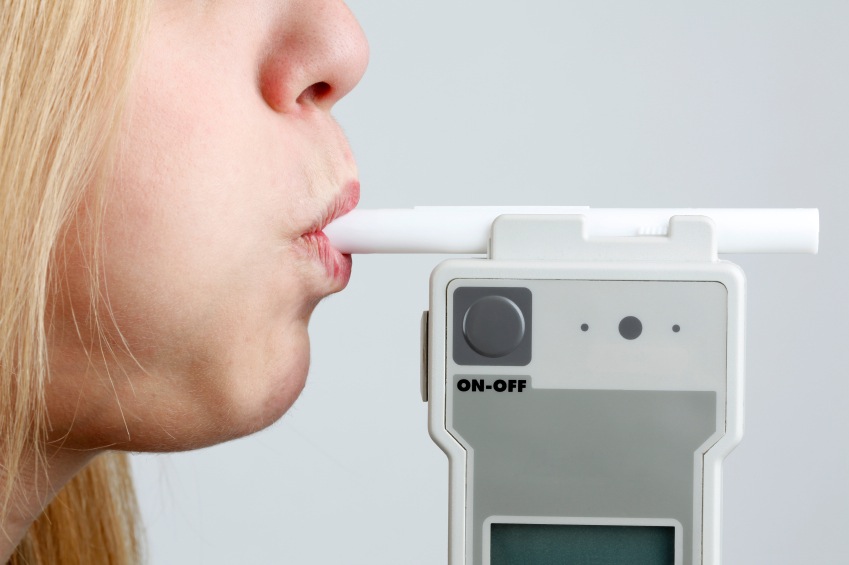
What is the breath test?
The breath test or breath test is a diagnostic test that is carried out by analysing samples of exhaled air
There are three types: the glucose breath test, the lactose breath test and the lactulose breath test.
What is the breath test used for?
In the field of gastroenterology, the breath test is used to detect alterations in the gastrointestinal system such as bacterial contamination, intestinal malabsorption and altered intestinal transit, which can be manifested by gastrointestinal complaints characterised by flatulence, meteorism, diarrhoea, distension and abdominal cramps.
The glucose breath test can be used to diagnose bacterial overgrowth in the small intestine
The lactose breath test is useful for the diagnosis of lactose malabsorption.
The lactulose breath test, on the other hand, is used to measure both the possible presence of bacterial overgrowth and an alteration of the oro-cecal transit time (OCTT).
Who can do the breath test?
The test can be useful in patients who report gastrointestinal complaints with flatulence, meteorism, diarrhoea, distension and abdominal cramps.
Is the breath test dangerous or painful?
The breath test is simple and non-invasive and is therefore safe for the patient and the operator.
How does the breath test work?
The test consists of collecting samples of exhaled air, before and after ingestion of a specific sugar dissolved in water, in a plastic bag at regular intervals.
The test can last between two and four hours.
Read Also
Emergency Live Even More…Live: Download The New Free App Of Your Newspaper For IOS And Android
Hydrogen Breath Test: What It Is Used For And How It Is Performed
Abdominal Bloating? The Breath Test Can Identify The Causes
Helicobacter Pylori: How To Recognise And Treat It
Intestinal Infections: How Is Dientamoeba Fragilis Infection Contracted?
Ascaridiasis: What It Is And What The Symptoms Are
Pityriasis Alba: What It Is, How It Manifests Itself And What Is The Treatment
Hepatic Distomatosis: Transmission And Manifestation Of This Parasitosis
Helicobacter Pylori Infection: What Causes It, How To Recognise It And Treatment
Toxocariasis: The Zoonosis Transmitted By The Nematodes Toxocara Canis Or Toxocara Cati
Helicobacter Pylori Infection: What Are The Symptoms?
Helicobacter Pylori Infection: New Therapeutic Horizons
Toxoplasmosis: What Are The Symptoms And How Transmission Occurs
Toxoplasmosis, The Protozoan Enemy Of Pregnancies
Pediatric Obstructive Sleep Apnea
Kids With Sleep Apnea Into Teen Years Could Develop High Blood Pressure
Obstructive Sleep Apnoea: Symptoms And Treatment For Obstructive Sleep Apnoea
Obstructive Sleep Apnoea: What It Is And How To Treat It
Sleep Apnoea: What Are The Risks If Left Untreated?
Sleep Apnea: Causes And Remedies
Polysomnography, The Test To Diagnose Sleep Disorders
Paediatrics, What Is PANDAS? Causes, Characteristics, Diagnosis And Treatment
Pain Management In The Paediatric Patient: How To Approach The Injured Or Aching Children?


